Colour pigments: history and usage
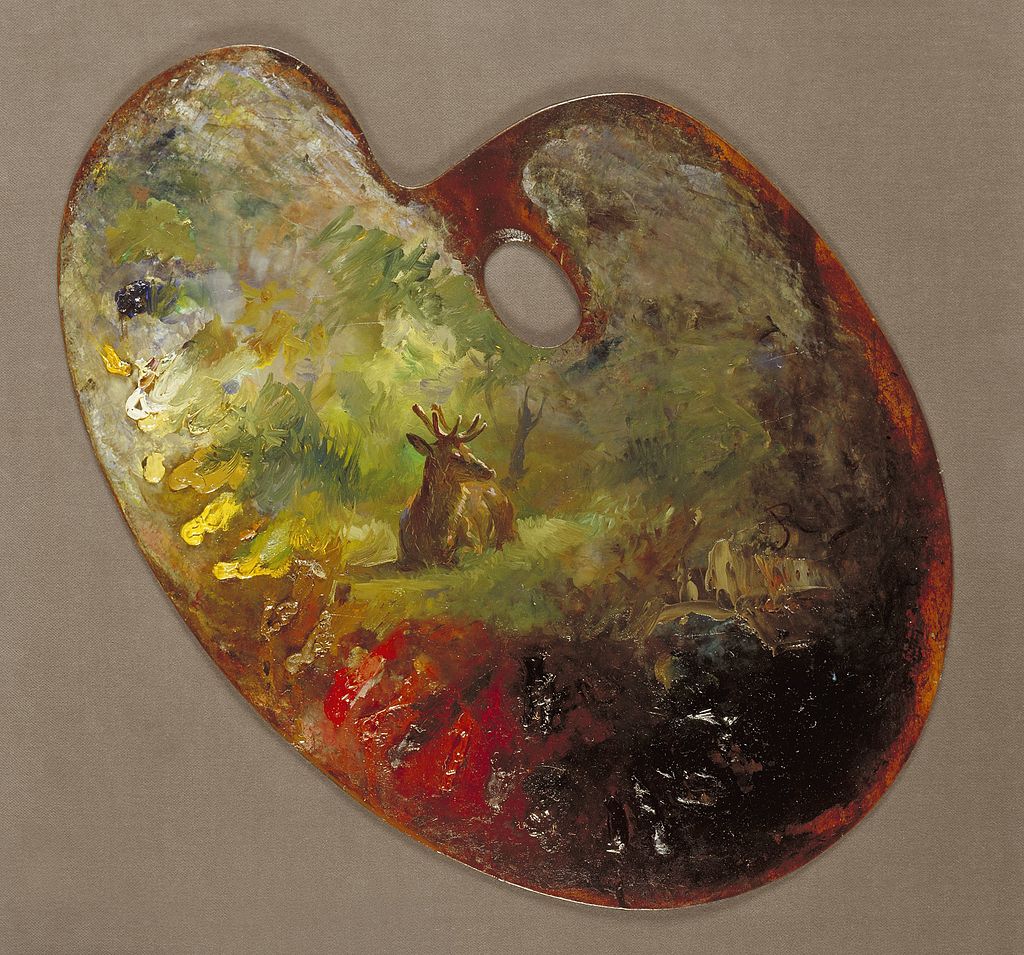
A timeline of colour pigments and dyes
Since pre-historic times, pigments have been used for painting and decoration. Pigments can be made from organic (plants and animals) or inorganic substances (minerals). Early pigments were made simply from grinding ochres found in earth and rocks into a powder that could be painted onto objects or bodies by mixing with water, oils or resins. Over time, cultural groups all over the world developed wider ranges of colours using more complex methods to extract colours, and they created various mediums for using these colours as paints and dyes.
Here is a list of many commonly known pigments and dyes, grouped roughly in chronological order by when they were first discovered and used. You can select any of these pigment or dye links to open a new tab with a Google search for each one, so you can begin your own research and learn more about what they are made from, where and when they were first discovered, and examples of their usage.
Timeline of pigments and dyes
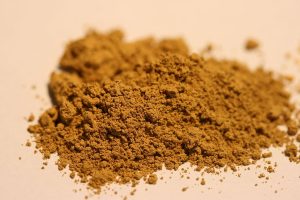
Pre-history
Red, yellow and brown ochres | Lamp black | Bone black | Bone white | White chalk | Woad
Traditional Australian Indigenous Ochres
Watch this video by Aboriginal ElderYidumduma Bill Harney to learn about traditional Australian Indigenous ochres that have been used for millennia by the Yubulyawan clan of the Wardaman people of the Victoria River region in the Northern Territory of Australia:
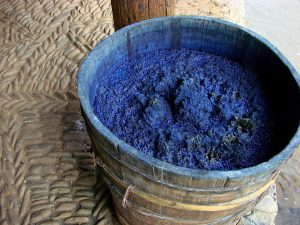
Antiquity
Egyptian blue | Han purple | Han blue | Tyrian purple | Madder lake | Carmine lake | Lead white* | Realgar* | Malachite | Orpiment* | Azurite | Red lead* | Vermilion (cinnabar)* | Green earth | Chrysocolla | Sepia ink | Indigo | Saffron | Cochineal
Watch this video to learn about Egyptian blue:
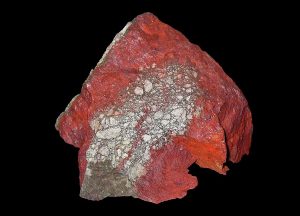
Mediaeval
Ultramarine (Lapis lazuli) | Lead tin yellow* | Smalt | Vine black | Kermes | Peach black | Dragon’s blood | Graphite | Lac | Gamboge* | Arzica (weld) | Brazilwood | Verdigris | Gall ink | Walnut | Stil de grain
Watch this video to learn more about Dragon’s blood (jump to 3:02 for the start of the lecture):
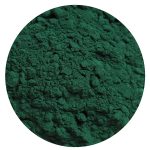
Renaissance & Enlightenment
Burnt Sienna | Burnt umber | Copper resinate | Naples yellow (antimony)* | Van Dyke brown | Cobalt green | Potter’s pink | Blue verditer | Mummy brown (caput mortuum) | Bistre | Logwood
Watch this video to learn the difference between raw and burnt earth pigments:
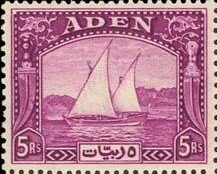
Industrial Age and Modern
Prussian blue | French ultramarine | Chrome yellow | Chrome orange | Alizarin crimson | Cobalt blue | Cobalt yellow | Cobalt violet | Manganese violet | Scheele’s green* | Emerald green* | Cadmium red | Cadmium yellow | Lemon yellow | Viridian | Cerulean blue | Zinc white | Titanium white | Mars colours | Indian yellow | Mauvine (aniline purple) | International Klein Blue | Fluorescent pigments | Phosphorescent pigments
Watch this video to learn more about the different types of white pigment used in artists’ paints:
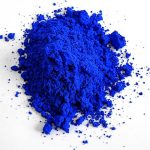
Contemporary (late 20th Century +)
YInMn blue | Vantablack | MIT black | Pinkest Pink | Thermochromic pigments (colour-change with heat) | Photochromic pigments (colour-change with light) | Bio-pigments from bacteria | Pearlescent pigments | Interference pigments (different colours from different angles)
Watch this video to learn more about the recently developed YInMn blue pigment and other colours created by Mas Subramanian:
*toxic pigment
For more detailed information on pigments and how they are created and used, you can read this book, Chromatopia by David Coles, which has a detailed history of colour pigments and includes recipes for many colours you can make yourself:
There’s also a fun infographic: History of pigments by Korwin Briggs, that gives a humorous summary of selected pigments mentioned on this page.

